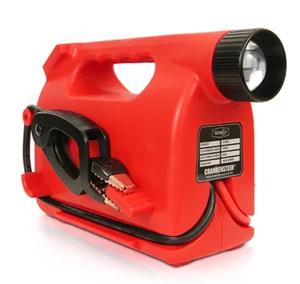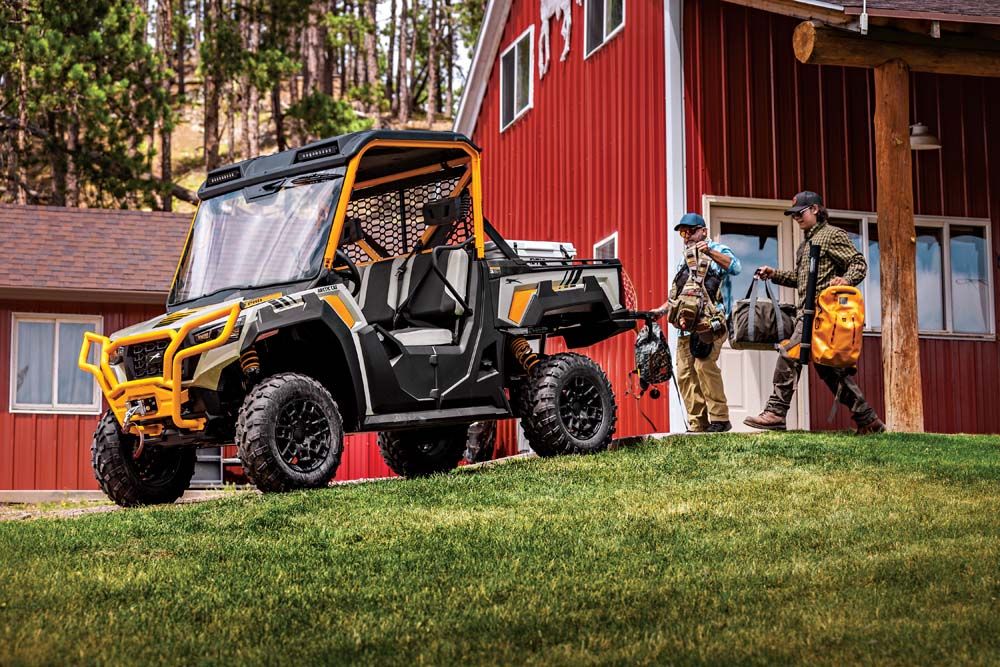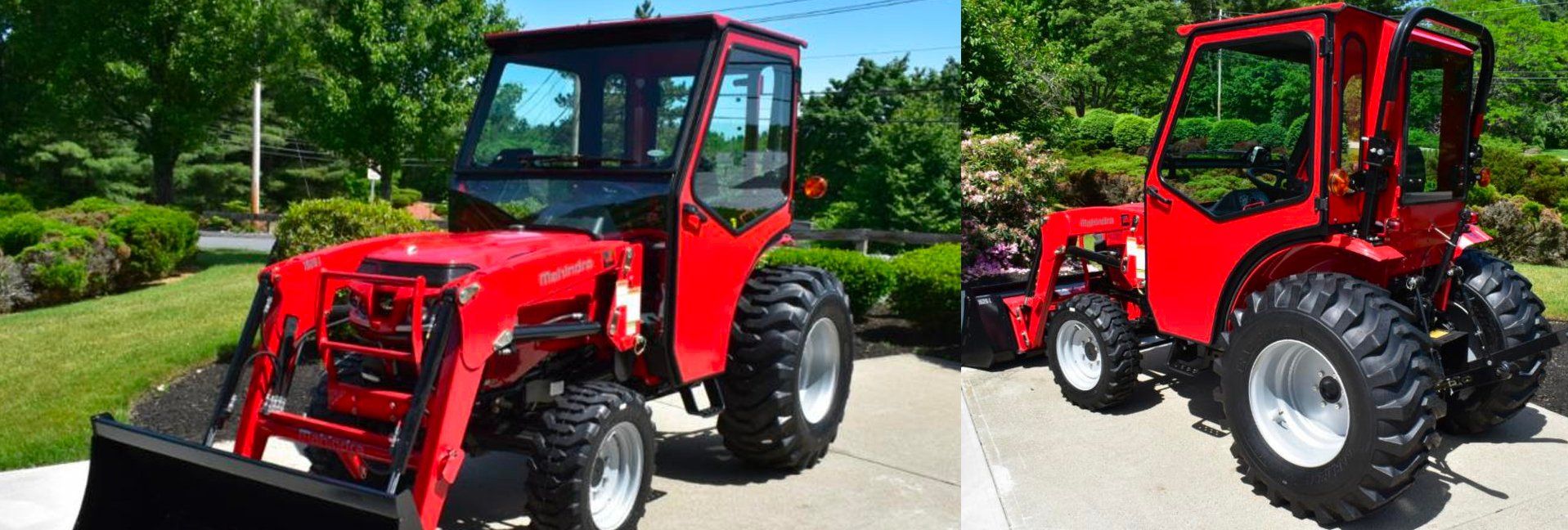8 Tips for Safer Power Tool Performance
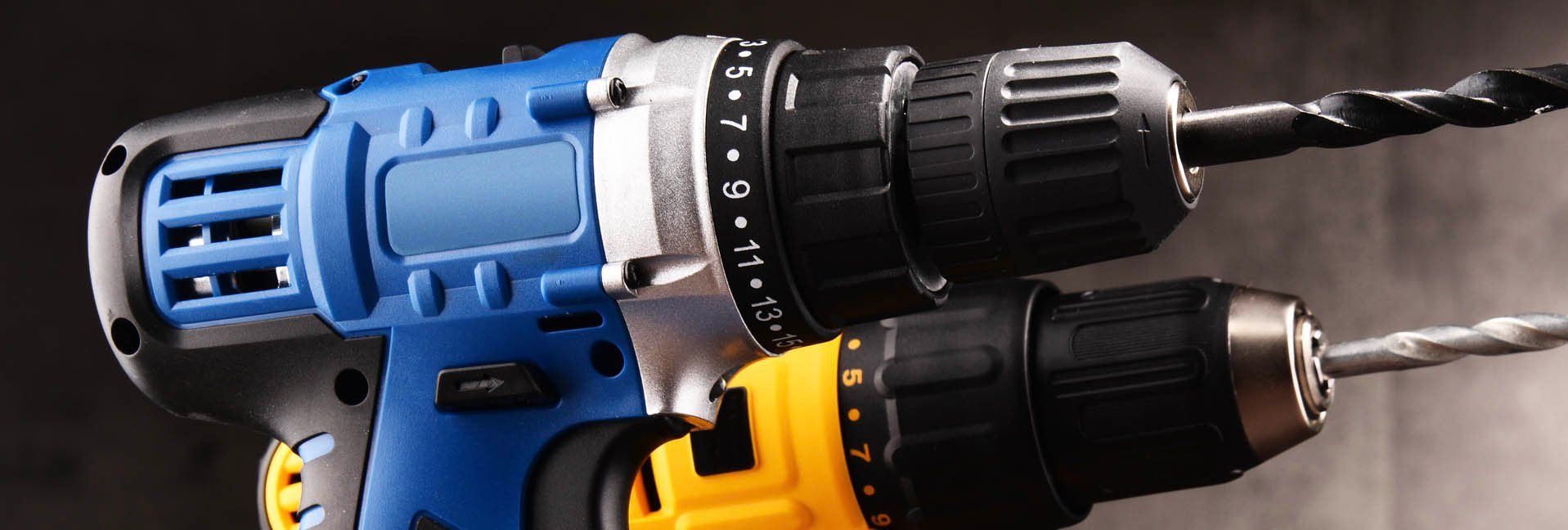

For many homeowners, a list of seasonal chores and home improvement projects can add up to a whole lot of work. Power tools often get called on for heavy use to whittle away at that list, but the batteries used to power these devices can pose certain risks.
Lithium-ion batteries have become quite common due to their efficiency, energy storage capacity, durability and safety. These batteries' higher energy potential in a smaller battery makes them ideal for cordless power tools, but higher energy density also means higher potential for damage when misused.
While they offer great versatility and portability, batteries also need to be handled properly to prevent potential dangers. Safe, proper use of lithium-ion batteries from the original tool manufacturer is key to preventing battery-related accidents.
Before operating a battery-powered tool, heed this advice from the experts at the Power Tool Institute, a leading voice on power tool safety issues and standards for the industry.
1. Know that batteries are not interchangeable. It's important to only use batteries and chargers from the original power tool manufacturer. Original manufacturer batteries are specifically engineered and tested for use with the tools and chargers from the original manufacturer.
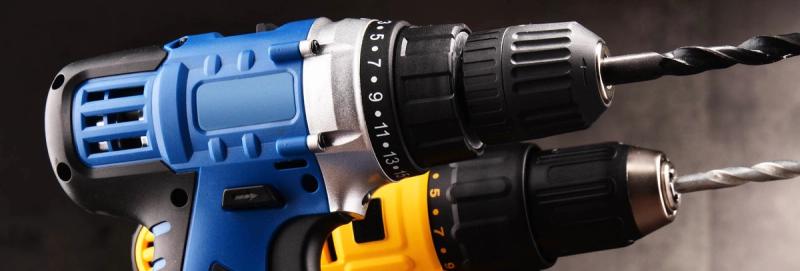
2. Aftermarket batteries may not be tested to the same standards as original manufacturer batteries and therefore come with additional hazards that can result in fire, property damage or personal injury.
3. Always transport and store lithium-ion batteries as instructed in the owner's manual.
4. Avoid contact with metal objects, such as keys, coins, screws and nails, and liquids, which present safety hazards. Inspect batteries regularly for signs of damage, such as crushing, cuts or punctures. Do not use a battery that has received a sharp blow, been dropped or is damaged.
5. Never modify, disassemble or tamper with a battery. The performance of damaged or modified batteries can be unpredictable and dangerous.
6. Be mindful of abnormal battery behaviors such as failure to fully charge or hold a charge, longer-than-usual charging times, overheating, a noticeable drop in performance, unusual LED activity when placed on a charger, liquid leakage from the battery or melted plastic anywhere on the pack. These are indications of an internal problem.
7. Do not immerse the battery or allow any fluids to flow inside. Conductive liquid ingress, such as water, can cause damage resulting in fire or explosion. Store your battery in a cool, dry place, away from combustible and flammable items.
8. When disposing of a lithium-ion battery, never throw it into the trash or a municipal recycling bin, as it can become a fire hazard. Instead, take it to a local recycling center or place it in a receptacle specifically designed for recycling batteries. If your lithium-ion battery is damaged, contact the manufacturer.
For more information on safe battery use, storage and disposal for power tools, visit TakeChargeOfYourBattery.com, or find more tips for safe and proper operation of your power tools at PowerToolInstitute.com.
Tags:Product Sneak Peek

Acreage Life is part of the Catalyst Communications Network publication family.












